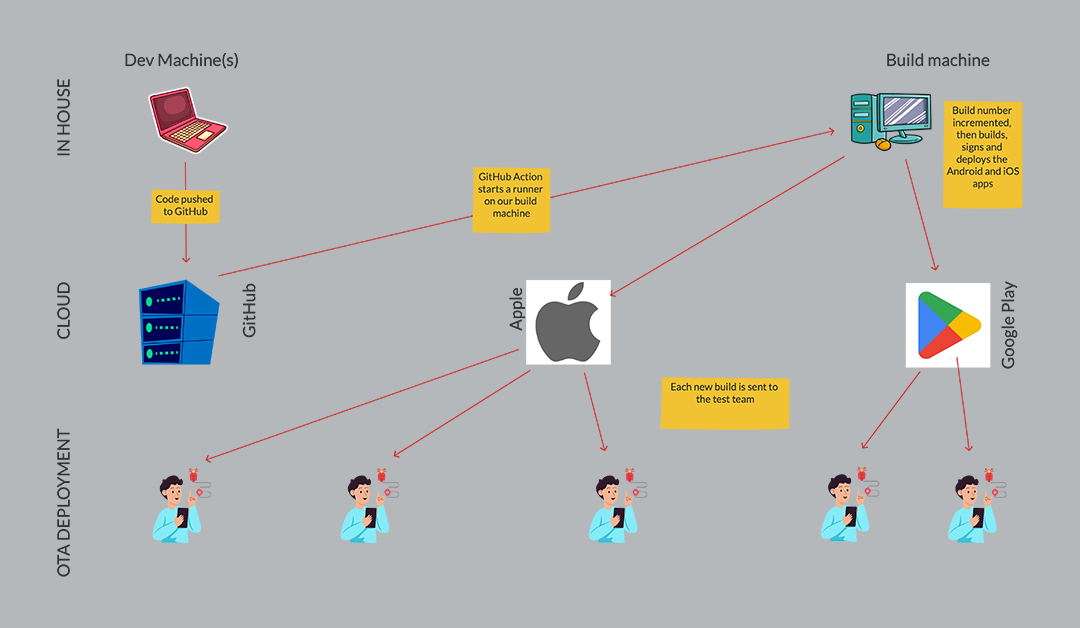
START-UP FUNDING: LAST STEPS BEFORE FUNDING
START-UP FUNDING: LAST STEPS BEFORE FUNDING? Before you go out and start approaching potential investors to join you on your journey, there are several steps before funding that you must take. This to-do list ensures that you stand a good chance of impressing...

START-UP FUNDING: WHAT ARE THE STAGES AND HOW MUCH DO YOU NEED TO RAISE
START-UP FUNDING: WHAT ARE THE STAGES AND HOW MUCH DO YOU NEED TO RAISE Start-up funding is no easy feat, and there is no one-size-fits-all approach to it. In most cases, the more capital you manage to raise, the better. However, there are risks in raising too much...
Ready To Get Started?


